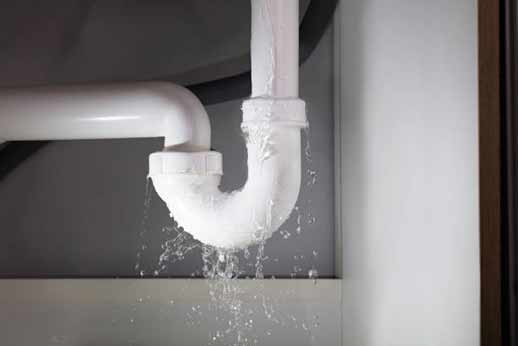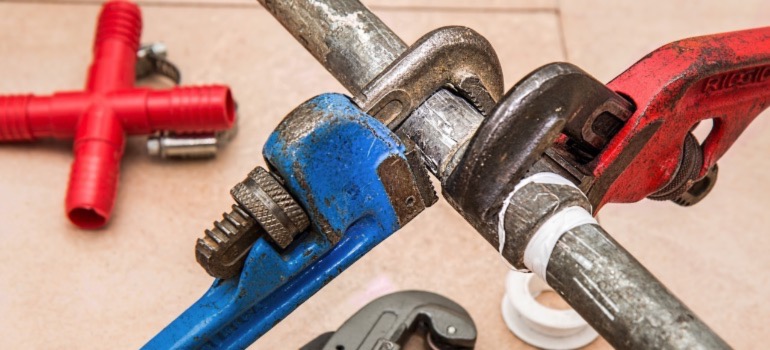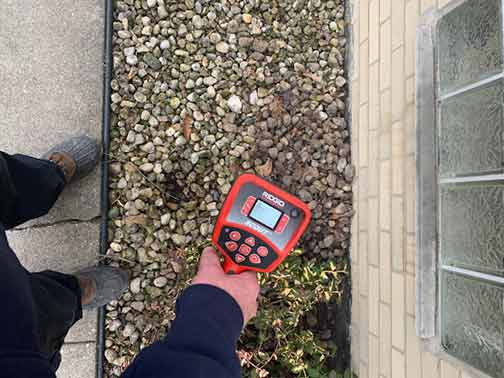
Water leaks in concealed pipes can be a major headache for homeowners and property managers. Not only can they cause significant damage to the structure and foundation of a building, but they can also lead to expensive water bills and wastage of a precious resource. Detecting and resolving these concealed pipe water leaks promptly is crucial to prevent further damage and mitigate costs. In this step-by-step guide, we will walk you through the process of identifying and fixing concealed pipe water leaks effectively.
Step 1: Understand the Signs of a Concealed Pipe Water Leak
The first step in detecting a concealed water pipe leak is to recognize the signs that indicate its presence. These signs may include:
- Unusual increase in water bills
- Damp or discolored patches on walls or ceilings
- Mold or mildew growth
- Musty odors
- Reduced water pressure
If you come across any of these signs, it is important to investigate further to confirm the presence of a concealed pipe water leak.

Start by visually inspecting the areas where you suspect a concealed pipe water leak. Look for any visible signs of water damage, such as damp areas, water stains, or peeling paint.
Step 2: Conduct a Visual Inspection
Start by visually inspecting the areas where you suspect a concealed pipe water leak. Look for any visible signs of water damage, such as damp areas, water stains, or peeling paint. Pay close attention to areas near plumbing fixtures, such as sinks, toilets, and showers, as well as areas where pipes run through walls, floors, or ceilings.
If you notice any suspicious signs, it could indicate a leak located behind the surface, which will require further investigation.
Step 3: Use Water Leak Detection Tools
To accurately pinpoint the source of a concealed pipe water leak, you will need to use specialized water leak detection tools. These tools include:
- Acoustic leak detectors: These devices listen for the sound of escaping water within walls or underground. By tracking the sound, they can help locate the exact spot of the leak.
- Infrared cameras: These cameras detect temperature variations, allowing you to identify hidden leaks behind walls or under floors.
- Moisture meters: These instruments measure the moisture content of building materials, providing useful information about the presence and severity of water damage.
By using these professional-grade tools, you will be able to narrow down the search area and locate the concealed pipe water leak more accurately.
Step 4: Analyze Plumbing System and Isolate the Leak
Once you have identified the general area where the concealed pipe water leak is most likely to be, it’s time to analyze your plumbing system. Determine the type of plumbing material used, whether it’s copper, PVC, or another material. The location and age of your property can help predict the most vulnerable areas for leaks.
Next, you will need to isolate the leak. This involves shutting off the water supply to the affected area or, if necessary, the entire building. By doing this, you can prevent further water damage while working on resolving the concealed pipe water leak.

Based on your analysis and the precise location of the concealed pipe water leak, decide on the best course of action for repairing or replacing the damaged pipe.
Step 5: Repair or Replace the Damaged Pipe
Based on your analysis and the precise location of the concealed pipe water leak, decide on the best course of action for repairing or replacing the damaged plumbing pipe. This may involve:
- Tightening or replacing loose or worn-out fittings
- Applying pipe sealants or joint compounds
- Repairing small cracks or holes using epoxy or pipe repair clamps
- Replacing sections of severely damaged pipes
Ensure that you follow proper plumbing techniques and comply with local building codes during the repair or replacement process.
Step 6: Test the Repaired Pipe for Leaks
After the concealed pipe water leak has been repaired or the damaged pipe replaced, you need to test the system to ensure there are no further leaks. Turn the water supply back on and carefully monitor the repaired area for any signs of water leakage. Inspect the repaired section periodically over the next few days to confirm the effectiveness of the repair.
If you notice any recurrent leakage or signs of water damage, it might indicate the need for further investigation or a more extensive repair.
Step 7: Prevent Future Concealed Pipe Water Leaks
Once you have resolved the concealed pipe water leak, it’s essential to take preventive measures to avoid similar issues in the future. Some preventative measures include:
- Regularly inspecting visible pipes for signs of wear and tear
- Monitoring water bills for any sudden spikes
- Insulating exposed pipes to protect them from freezing and subsequent damage
- Considering a professional plumbing maintenance program to regularly check and maintain the plumbing system
- Being cautious of excessive water pressure, as it can lead to leaks
By implementing these preventive measures, you can minimize the risk of concealed pipe water leaks and ensure the longevity of your plumbing system.
Remember, detecting and resolving concealed pipe water leaks promptly is crucial for preventing extensive damage and costly repairs. By following this step-by-step guide, you can effectively tackle concealed pipe water leaks and safeguard your property.
